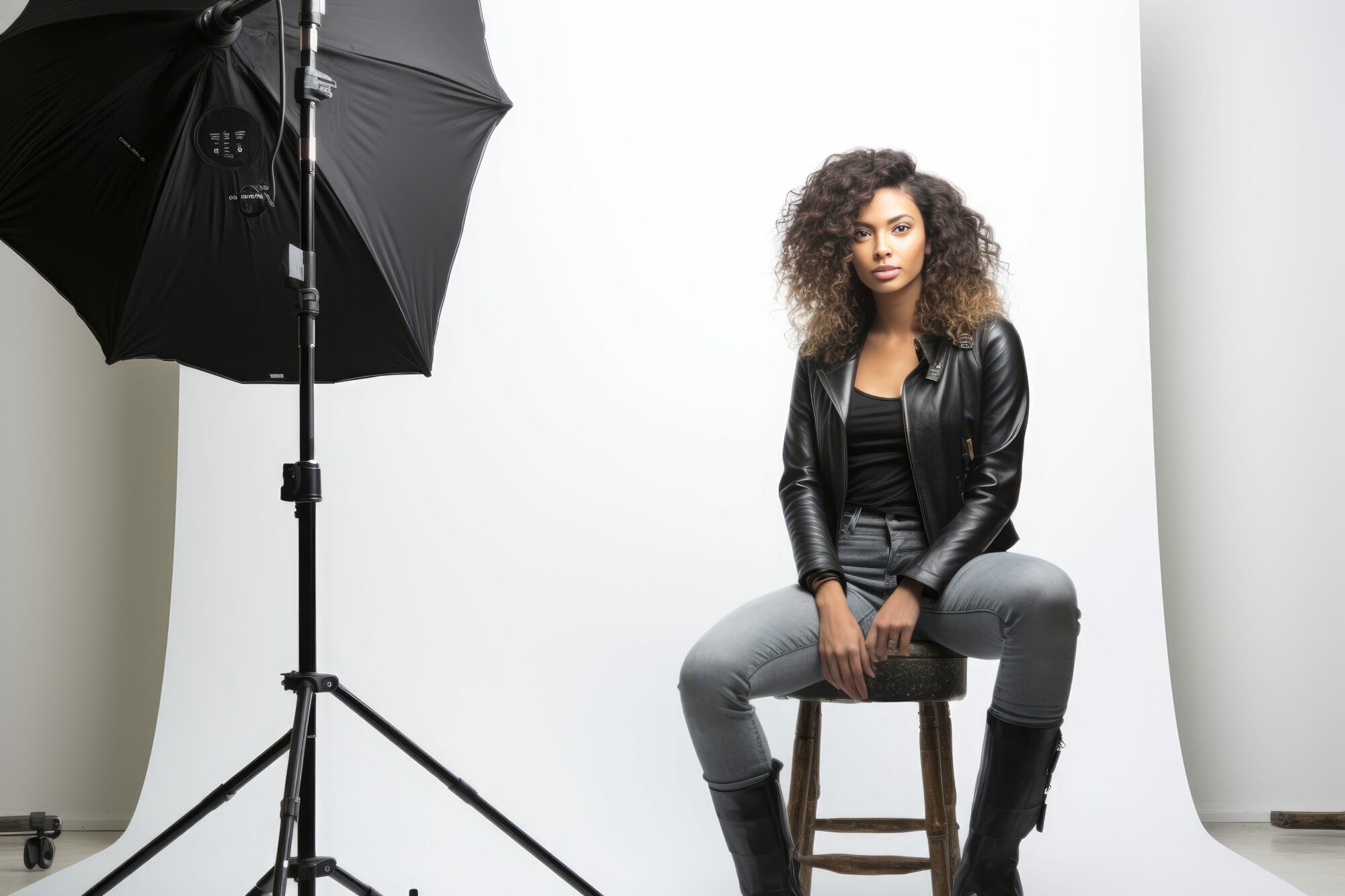Unlocking the Secrets of Studio Lighting
Ever wondered why photos shot in a professional studio often have that captivating allure, drawing you in with their perfect illumination and shadow play? The secret, though not entirely shrouded in mystery, lies in mastering studio lighting. It’s akin to a dance, where light and shadow gracefully move across the stage of photography, defining shapes, textures, and moods. This delicate balance is not achieved by chance but through a meticulous understanding and manipulation of studio lighting.
Embarking on the journey of studio photography, one quickly realizes that the light is both a best friend and a formidable opponent. The right lighting can flatter, dramatize, or soften, transforming the mundane into the extraordinary. Conversely, missteps in lighting can result in flat, uninteresting images that fail to capture the essence of the subject. Thus, understanding the nuances of studio lighting becomes paramount in the quest to produce compelling imagery.
The initial steps into studio lighting are often met with a mix of excitement and trepidation. Questions swirl: Where should the main light be placed? How does one control shadows? What’s the best way to highlight texture or create mood? The answers to these and many other questions form the foundation of studio lighting mastery.
Navigating the Spectrum of Studio Lights
At the heart of any studio lighting setup are the lights themselves, each type offering its own unique characteristics and challenges. From the stark intensity of strobes to the gentle caress of continuous lights, understanding the spectrum of available lighting is crucial. Strobes, for instance, provide a powerful burst of light, freezing motion with impeccable clarity. They’re the go-to for capturing sharp, dynamic images. However, their intensity can be a double-edged sword, potentially casting harsh shadows if not diffused properly.
On the other side of the spectrum, continuous lights offer a what-you-see-is-what-you-get scenario, making them ideal for beginners and those keen on visualizing the final image in real-time. The warmth they emit not only bathes the subject in a more natural light but also aids in creating a specific mood or atmosphere within the shot. Yet, their lower intensity compared to strobes necessitates longer exposure times, which can be a limitation when capturing fast-moving subjects.
LED panels have emerged as a versatile player in the studio lighting toolkit, offering adjustable color temperatures and brightness levels. This adaptability makes LEDs invaluable for fine-tuning the ambiance of a shot, whether aiming for the golden glow of sunrise or the cool blues of twilight. The journey through the world of studio lighting is one of discovery, experimentation, and ultimately, mastery.
Mastering the Art of Light and Shadow
With the fundamentals of studio lights under the belt, the next stage of mastery involves sculpting with light and shadow to create depth and drama. It’s a process akin to painting, but instead of brushes and oils, photographers wield softboxes, umbrellas, and reflectors. The placement of these tools can dramatically alter the mood of a photograph, from the soft, ethereal glow of a diffused light source to the crisp, sharp edges cast by direct lighting. Experimentation is key, with each shot providing valuable insights into the interplay of light and shadow.
Key to this exploration is the understanding of light modifiers. Softboxes soften and spread light, reducing harsh shadows and creating a flattering illumination for portraits. Umbrellas, whether reflective or shoot-through, offer a broader, more diffused light source, ideal for a gentle wrap-around effect. Meanwhile, reflectors bounce light back onto the subject, filling in unwanted shadows and highlighting details. The choice and combination of these modifiers can transform a simple shot into a masterpiece of studio photography.
In the end, mastering studio lighting is not just about understanding the technical aspects; it’s about learning to see and shape light, to direct the viewer’s eye and evoke emotion. It invites photographers to a world where light is the ultimate medium of expression, offering endless possibilities for creativity and innovation. The journey is challenging, but the rewards, in terms of breathtaking images that capture the imagination, are immeasurable.
